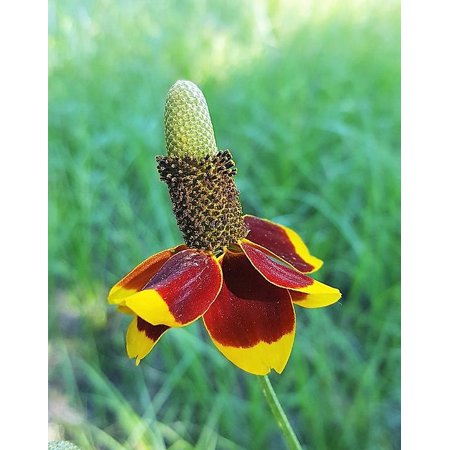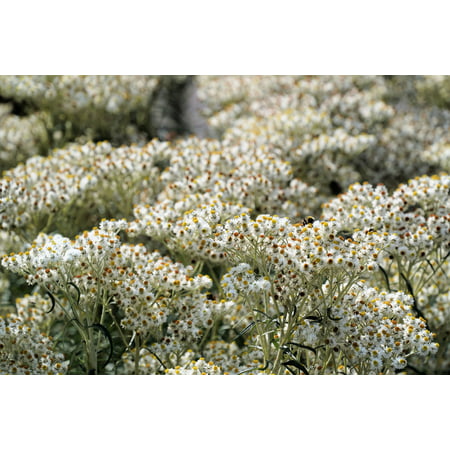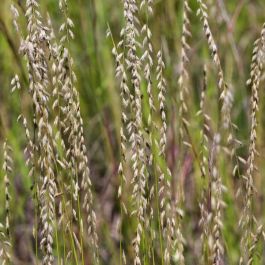Naturalistic Planting Design is the Trend Landscape Designers Swear by for Yards That Feel Soft, Pretty and Welcoming
Want a slice of the hottest trend in luxury landscapes? We've brought the experts in to reveal the secrets behind naturalistic planting designs and how we can achieve it at home
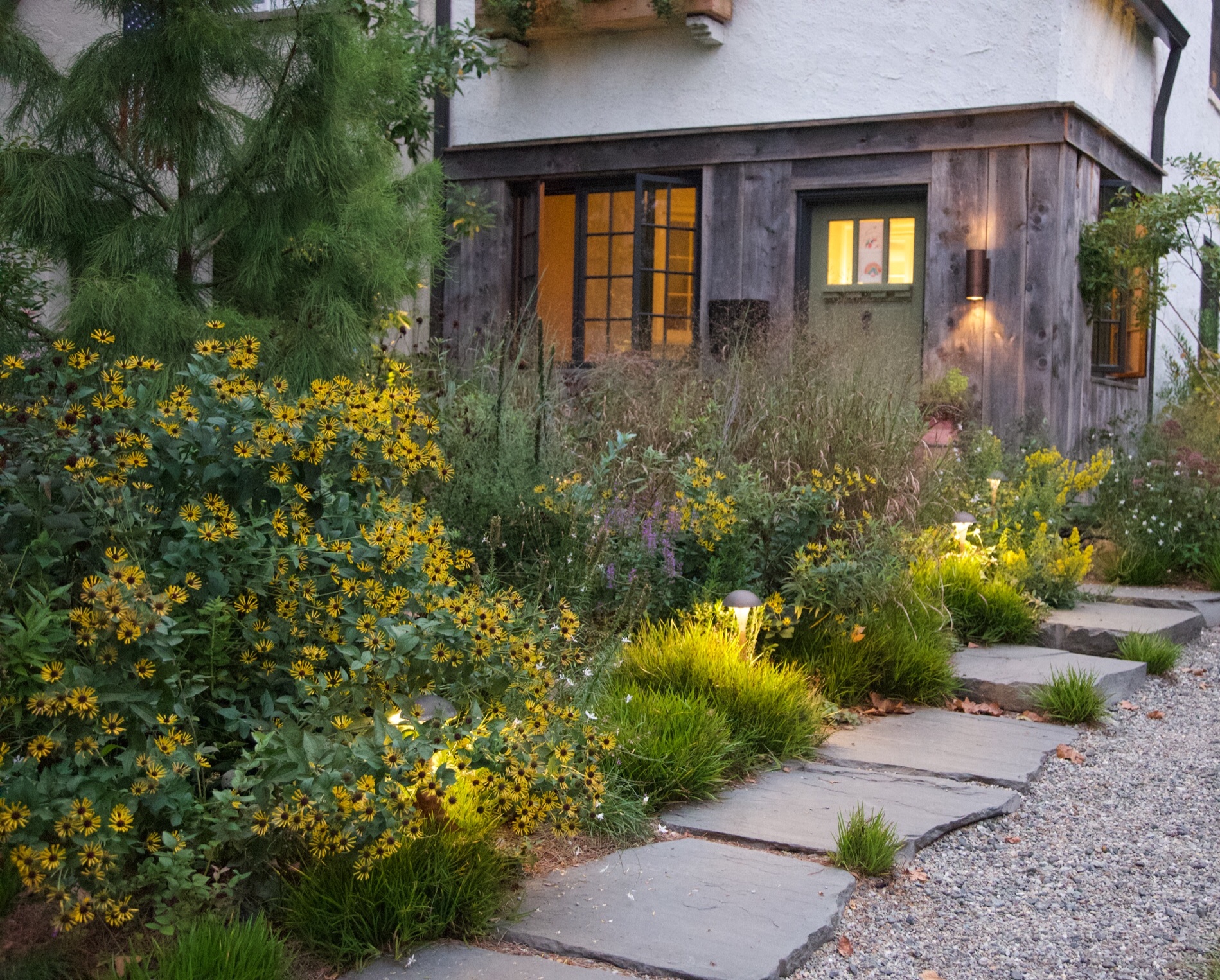
Say goodbye to overly manicured lawns and strict planting patterns, because naturalistic planting is the landscape trend on everyone’s lips this year.
Aimed at cooperating with Mother Nature and replicating her organic compositions, this design trend is proving a firm favorite of luxury landscape designers. But what actually is naturalistic planting?
In three words: relaxed, holistic, and informal. Think sweeping grasses scattered with architectural seed heads, structured perennials and organic flower drifts.
But like all design trends that look easy, it takes a real expert to pull off this seemingly effortless modern garden look. That’s why we’ve spoken to the award-winning landscape designers behind these sensational looks to give you their top dos and don’ts when it comes to naturalistic planting and how you can achieve it at home.
What are the fundamentals of naturalistic planting?
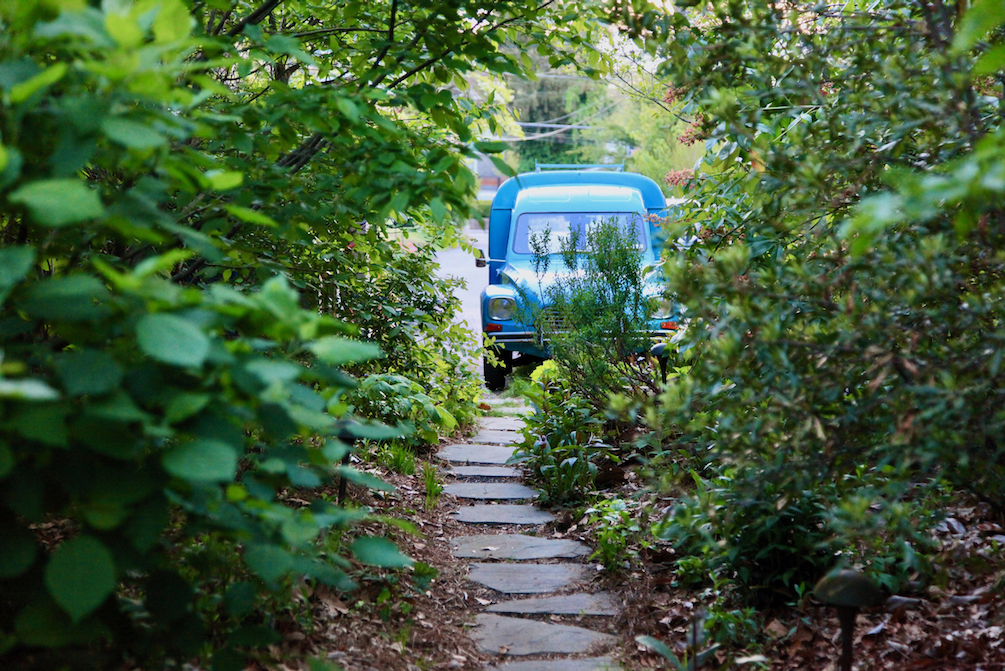
One minute you’re popping into your local plant nursery for compost, the next you’ve bought a dozen different gorgeous plants that you’re sure will transform your yard in one afternoon – trust us, we’ve all been there! But to achieve the naturalistic garden of your dreams, you’ll have to resist the urge to splurge for a little while and research the fundamentals of naturalistic planting.
'For us, naturalistic planting design means letting the natural year-round structure and style of perennials lead the design,' say award-winning landscape designers Mark Peterson and Keith Wallock at M.ERBS. 'We try to capture and reinterpret patterns from nature. We arrange the plants so they can grow in their natural habit and shape. We spend a lot of time looking at how plants grow and spread as well as the scatter patterns of natural seed dispersion.'
But if that seems a bit overwhelming, don’t panic! Mark and Keith’s top advice for starting your naturalistic landscaping design: curate your plant selection carefully.
The Livingetc newsletters are your inside source for what’s shaping interiors now - and what’s next. Discover trend forecasts, smart style ideas, and curated shopping inspiration that brings design to life. Subscribe today and stay ahead of the curve.
'Plant selection is extremely important, be sure to consider site conditions, light exposure and scale of planting,' they say. 'It is vital to pick plants that will live in scale with each other in the planting area. We spend a lot of time refining plant lists for all our projects. Using natives to your area can be helpful for ecological function and using plants from ecotypes similar to your project area is essential.'
Can you achieve naturalistic planting in small yards?
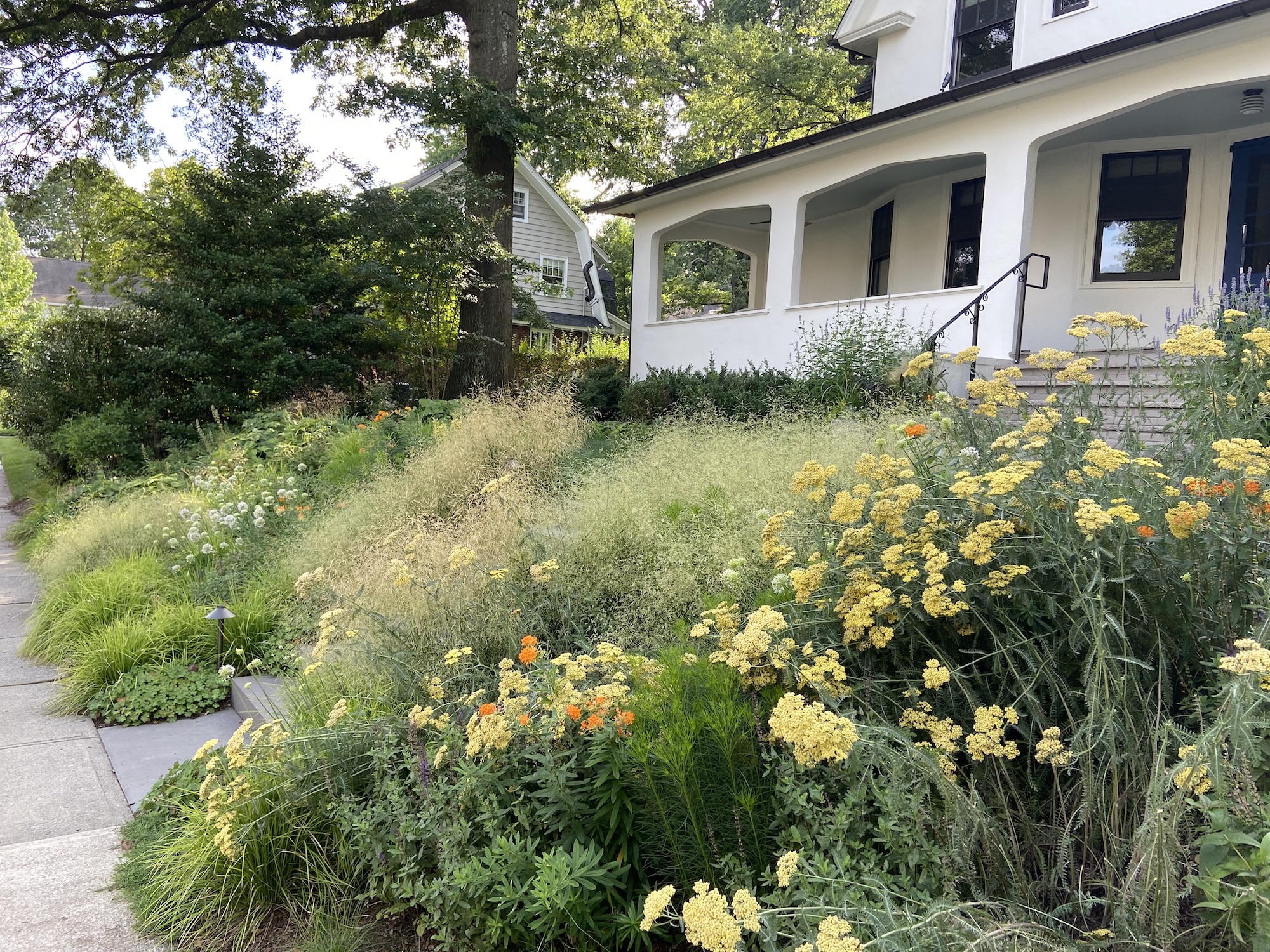
Absolutely! In fact, according to the pros, they’re ideal. You just have to get creative with your space.
'For small backyards, use lots of plants planted together covering as much of the ground as possible. For a small space pick three to five perennials to make the majority structure of the planting. Then add a smaller amount of perennials for seasonal interest that will grow among the structural mix of plants', advises Mark and Keith.
For landscape design expert Jeff Lorenz, founder of Refugia Design, balance is the secret to a successful naturalistic design in a small yard.
'The key to designing small spaces is balancing a sense of immersion and expansiveness,' he says. 'This is achieved by softening hard lines, utilizing size-appropriate woody plants as anchor points, finding opportunities to incorporate height in the foreground, and creating outdoor rooms or destination points within densely planted areas. Utilizing natural, sustainably sourced materials within hardscaping and built elements is another way of creating cohesion in a small space.'
How do you avoid naturalistic planting taking over your yard?
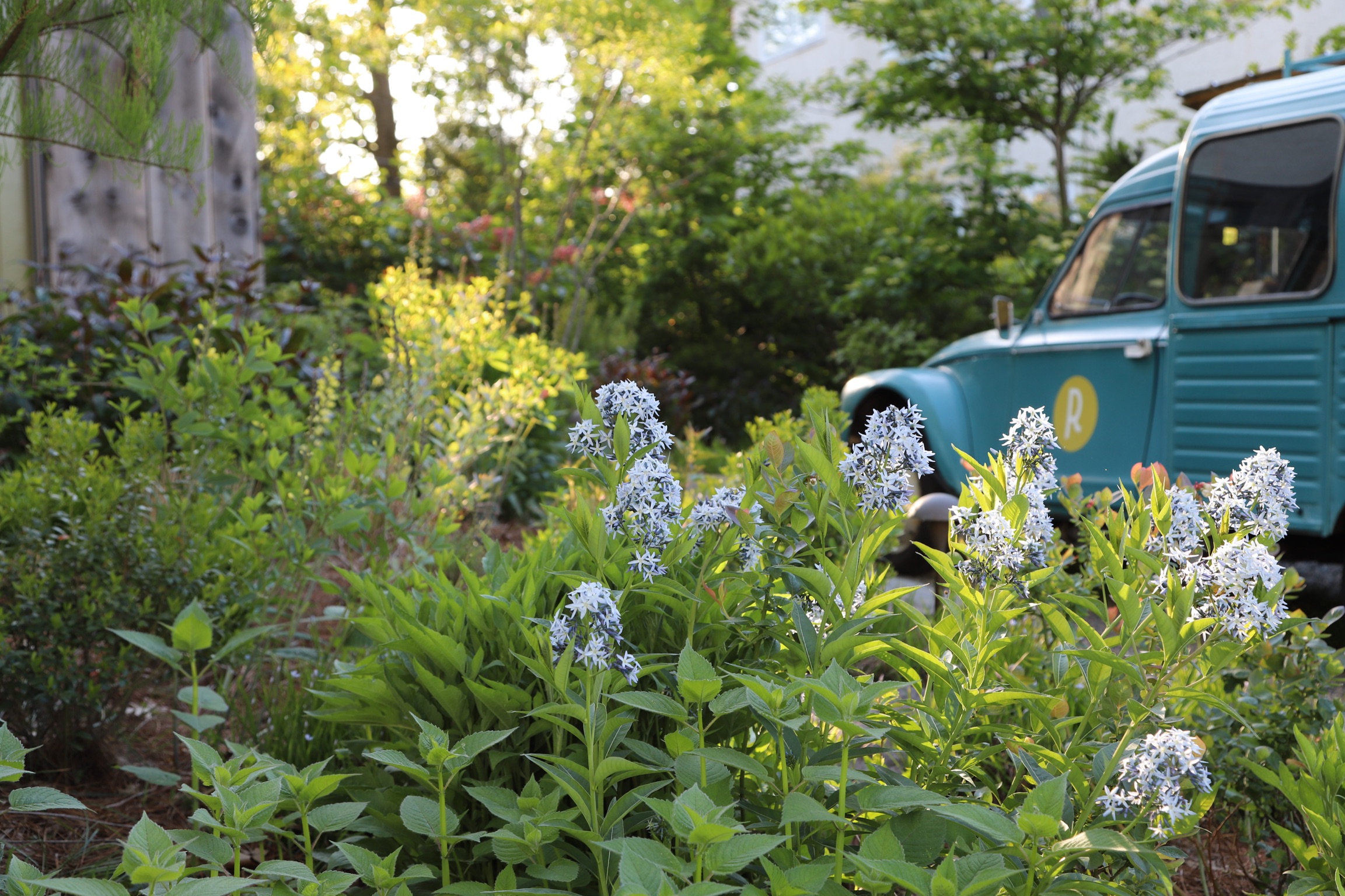
It’s easy to assume naturalistic planting is just a case of surrendering your garden to Mother Nature. But losing all garden structure is a recipe for a horticultural disaster!
With naturalistic planting designs, it’s all about creating a harmonious balance between nature and a functional garden design. Knowing how to contain the natural spreading habits of plants can be tricky, but luckily experts Mark and Keith have the perfect solution.
'Decide on the area that you want to plant in a naturalistic way and then keep the planting framed in that area' advises Mark and Keith. 'Think about the relative heights of plants that you want to use. I like to add taller upright perennials lightly scattered throughout the design to give the viewer a repetition of structure or bloom. If you are unsure about an aggressive spreader consult with a local plant expert.'
Are naturalistic gardens good for wildlife?
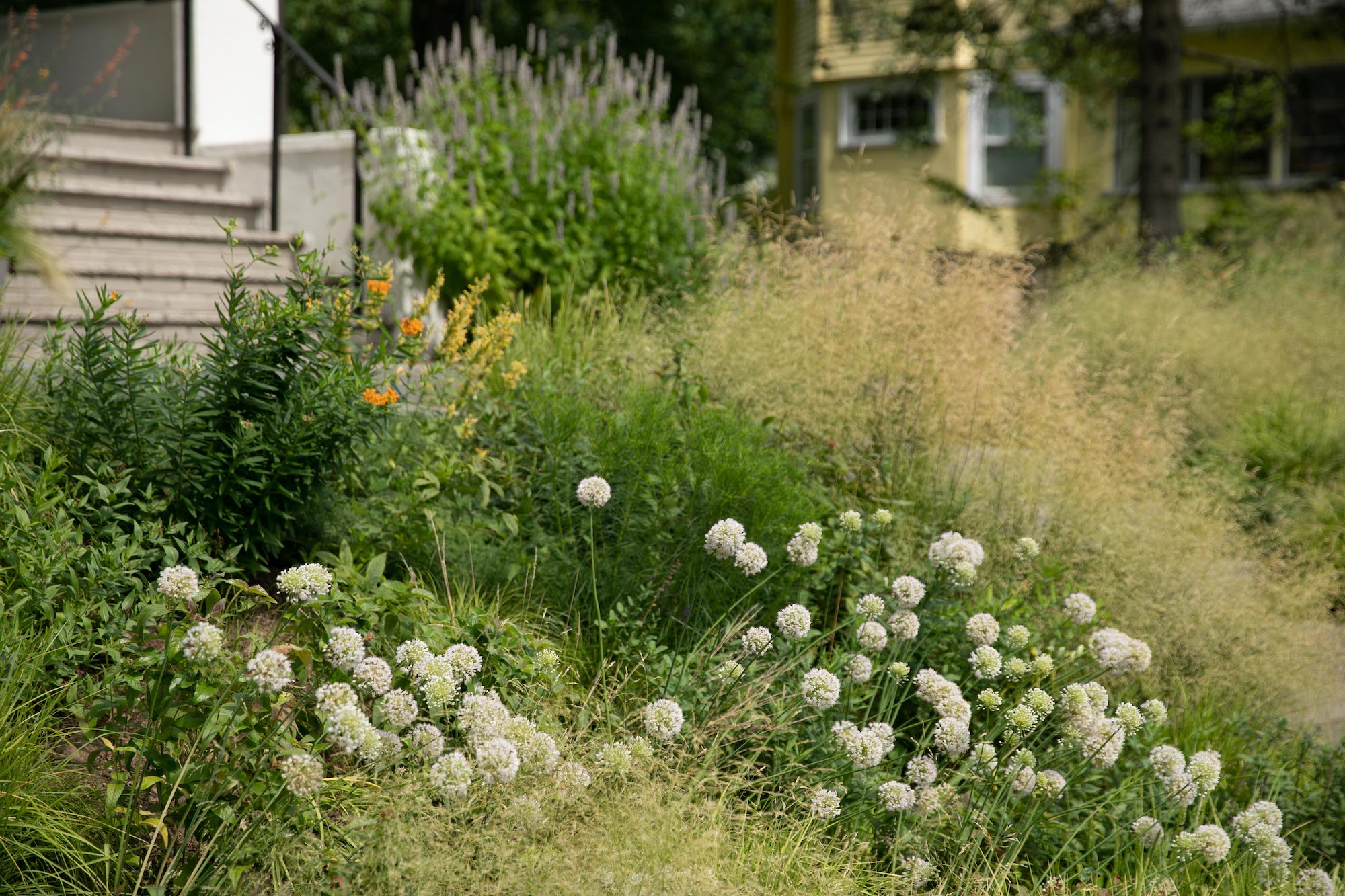
Arguably, one of the best parts of naturalistic landscape designs is how they work with nature. Quite holistic in their approach, these nature-focussed yards make the most of their environment and, at their best, work hand in hand with the surrounding wildlife.
As far as award-winning landscape expert Jeff sees it, this type of wildlife gardening is crucial for improving the ecosystem.
'Naturalistic plantings that reduce lawn and maximize functional plant communities are key to enhancing rather than degrading ecosystem function,' he says. 'Without lots more ecologically productive plants, wildlife and the food webs they support will perish.'
For design experts Mark and Keith, it’s important to think of your garden as food for the surrounding wildlife as well. They say 'Incorporate plants native to your area and pay special attention to plants whose seeds will act as a food source. Plants that bloom early and late in the season are an important pollen and nectar source when there may be a lack of other flowers, too.'
What are the best plants for naturalistic gardens?
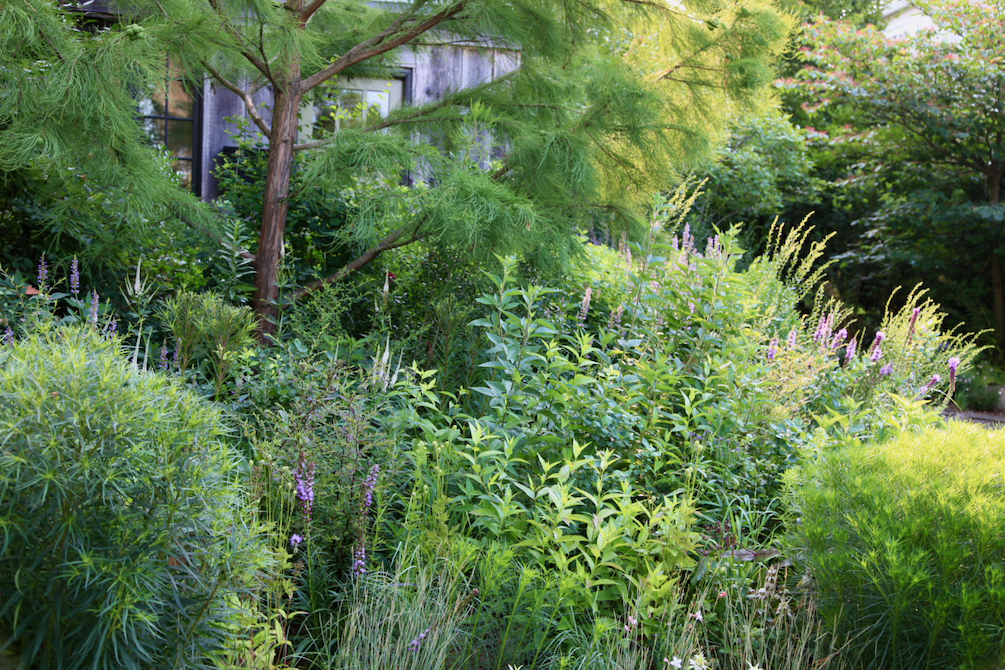
Try these planting schemes on for size, as recommended by some of our experts.
- Panicum virgatum 'Purple Tears'
- Anaphalis margaritacea 'Pearly Everlasting' (buy seeds from Walmart)
- Bouteloua curtipendula 'Sideoats Grama' (shop plants at Nature Hills Nursery)
- Eragrostis spectabilis 'Purple Love Grass' (buy seeds from Amazon)
- Ratibida columnifera 'Red Midget' (buy seeds at Walmart)
- Deschampsia cespitosa 'Goldtau'
- Dryopteris erythrosora 'Brilliance'
- Stachys ‘Hummelo’
- Allium senescens ‘Medusa’
- Amsonia hubrichtii 'Arkansas Blue Star'
Matilda Bourne is a freelance homes, gardens and food writer, stylist and photographer. Known for creating and capturing content for multiple international brands, her work has been featured in The Telegraph, The Daily Mail, and Hello! magazine. When she’s not writing, you can usually find her tending to her much-loved garden and scouring thrift stores for vintage furniture.
